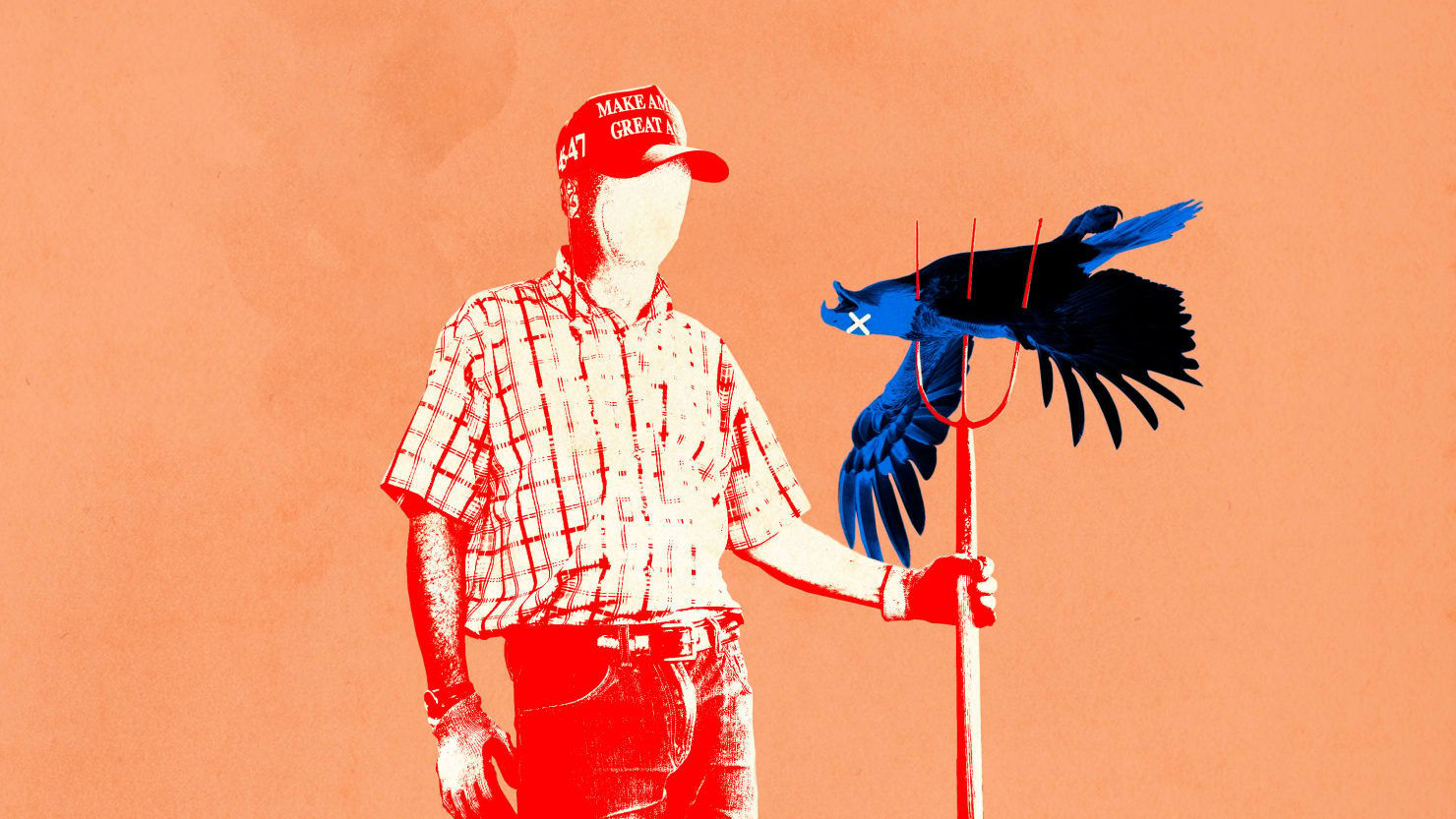- cross-posted to:
- politics@beehaw.org
- cross-posted to:
- politics@beehaw.org
In the popular imagination of many Americans, particularly those on the left side of the political spectrum, the typical MAGA supporter is a rural resident who hates Black and Brown people, loathes liberals, loves gods and guns, believes in myriad conspiracy theories, has little faith in democracy, and is willing to use violence to achieve their goals, as thousands did on Jan. 6.
According to a new book, White Rural Rage: The Threat to American Democracy, these aren’t hurtful, elitist stereotypes by Acela Corridor denizens and bubble-dwelling liberals… they’re facts.
The authors, Tom Schaller, a professor at the University of Maryland, Baltimore County, and Paul Waldman, a former columnist at The Washington Post, persuasively argue that most of the negative stereotypes liberals hold about rural Americans are actually true.



I think the best solution to this issue is to change the calculus of representation. The article mentions that rural areas have out-sized representation, but it only discusses the senate. The house, as well, has out-sized representation for rural areas. For example, California has approximately one Representative for every 749,000 people, while Montana has one Representative for every 560,000 people.
I think that to truly honor the idea of “one person, one vote”, 3 steps need to be taken:
I’d love to see, for example, 1 representative for every 250,000 people, or something similar. That would push us from the current 435 to about 1,340 representatives, which would definitely require a new chamber for sessions. But it would also mean that demographic groups would be much better represented, and it would be much more difficult for batshit insane people like Marjorie Taylor Green to get or remain elected. If you’re representing fewer people, those people have more incentive to vote.
And it’s not like growing the House is a far-fetched idea. In fact, it is baked into the constitution. Article I, Section 2 says that the number of representatives should be directly tied to the population, with each representative representing no more than 30,000 people, and that adjustments to the size of the House should occur after every 10 year census:
And this is what happened, with the size of the House growing every 10 years up until, in 1929, they decided to keep it constant based on the figures from the 1930 survey. Having a cap on the number of representatives harms democracy. We can see the results in the decaying towns of rural America, and the batshit insane cultists who want to overthrow our government and install a fascistic theocracy.
This is a direct consequence of the House being a fixed size. The method used minimizes the average difference in people/representative for any two states. You literally can’t make it any better so long as the House is a set number of people, and increasing the size of the House to be one Rep per X people creates practical and logistical issues as regards meetings and floor debate and the like.
The reality is you have a couple of tiny states that get outsized representation by having the minimum one representative, and you have California that is just so much higher population than any other state that it blows the scale on the other end. For the rest of the states, it actually works pretty well. I’ve joked before that we don’t really **need ** two Dakotas and Montoming would be a perfectly good name for another merged state. Or chop California into several pieces.